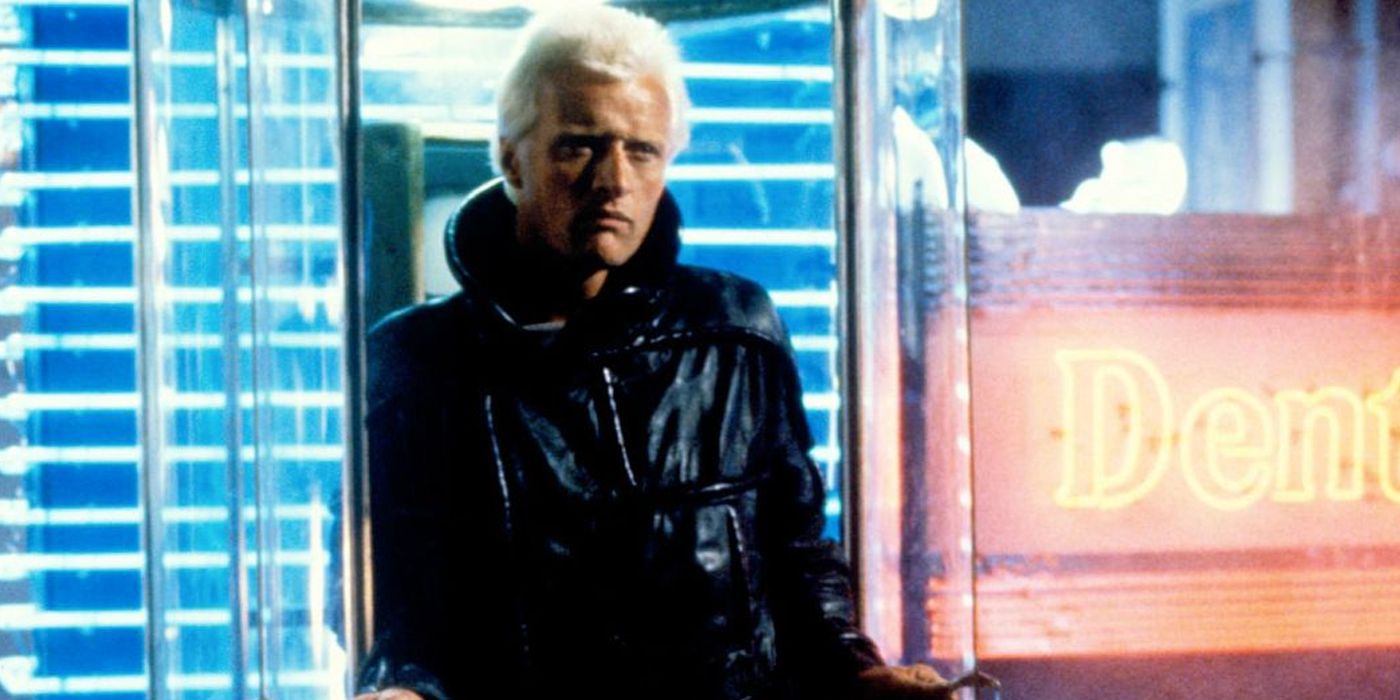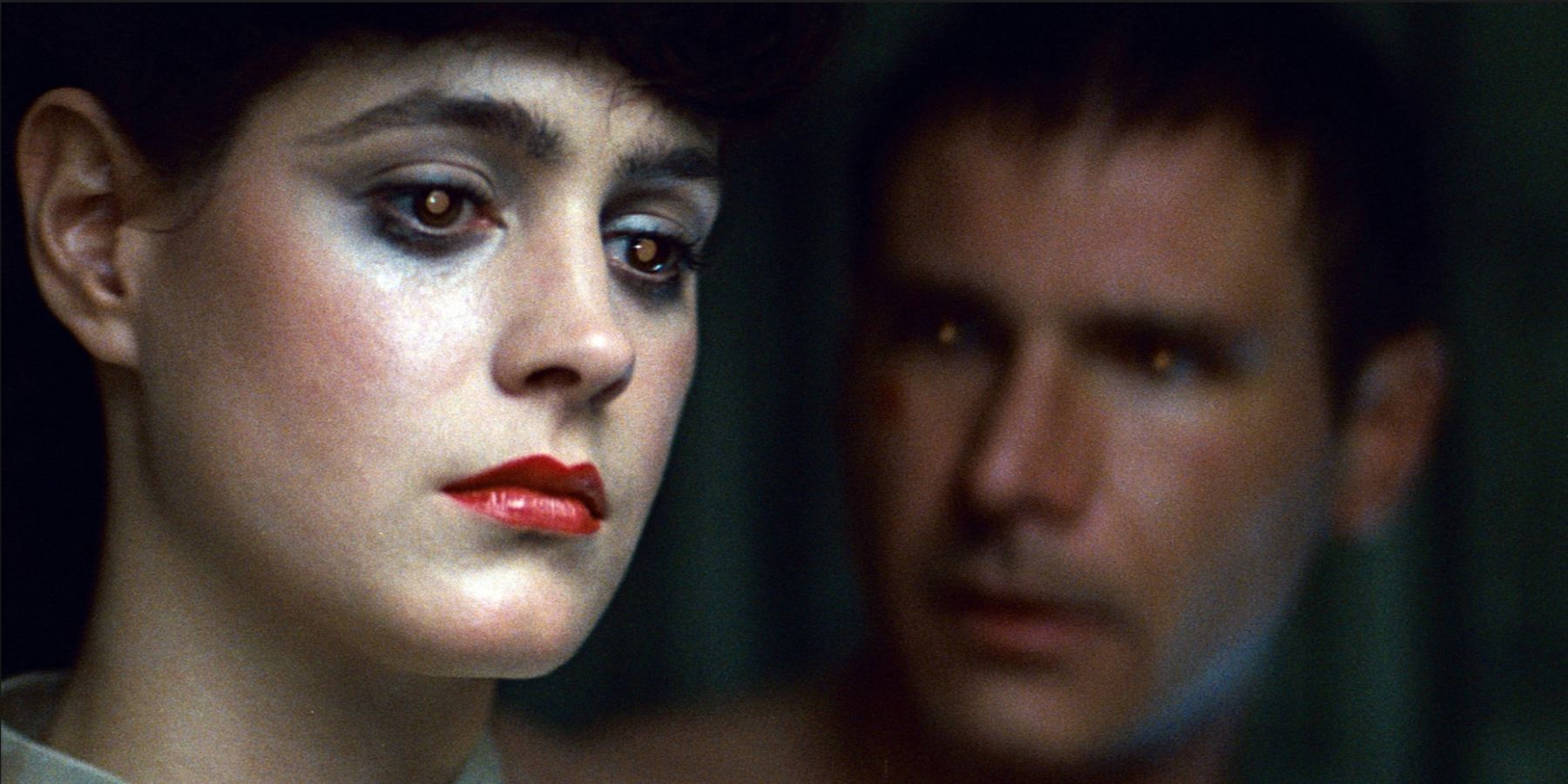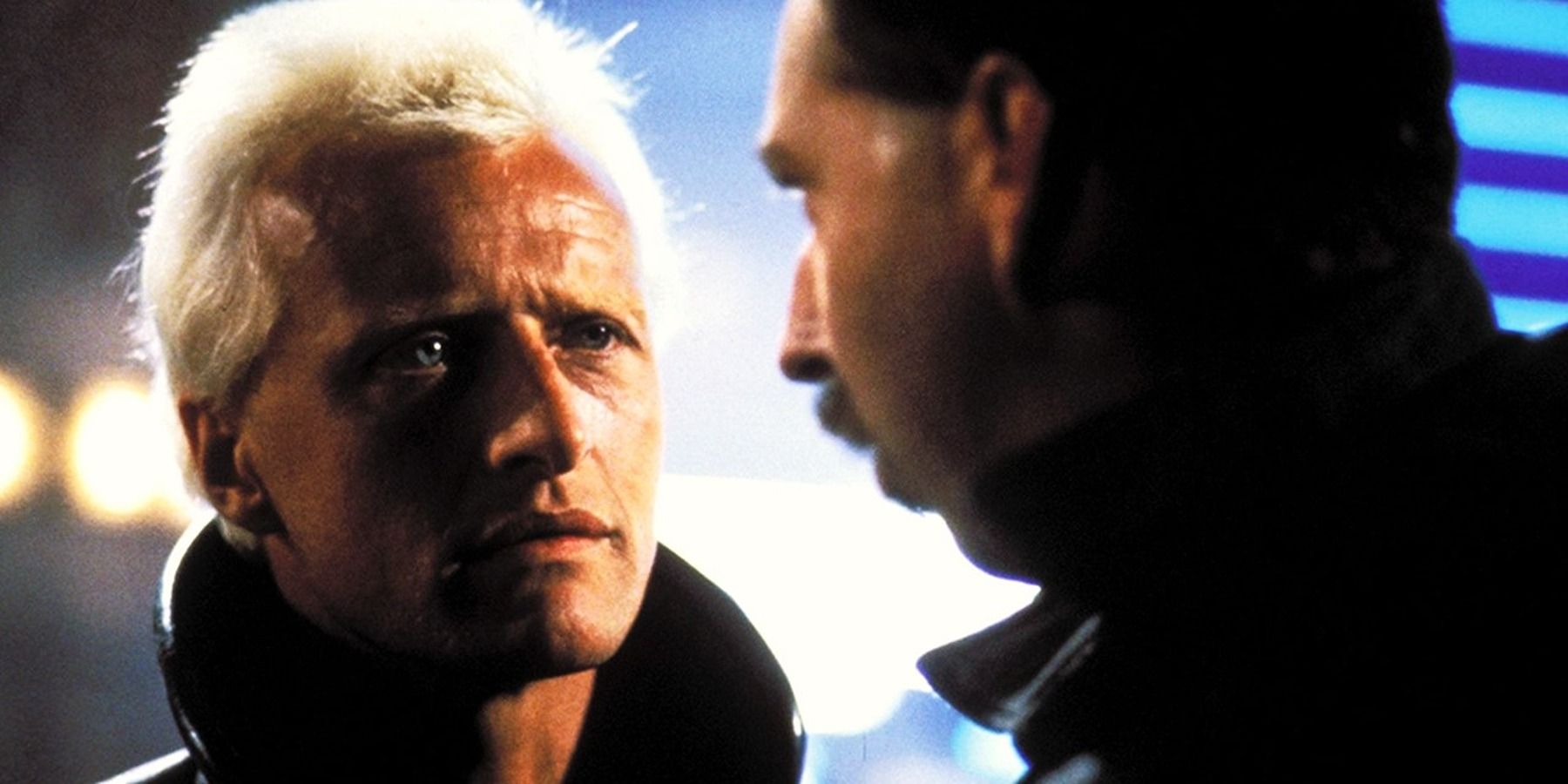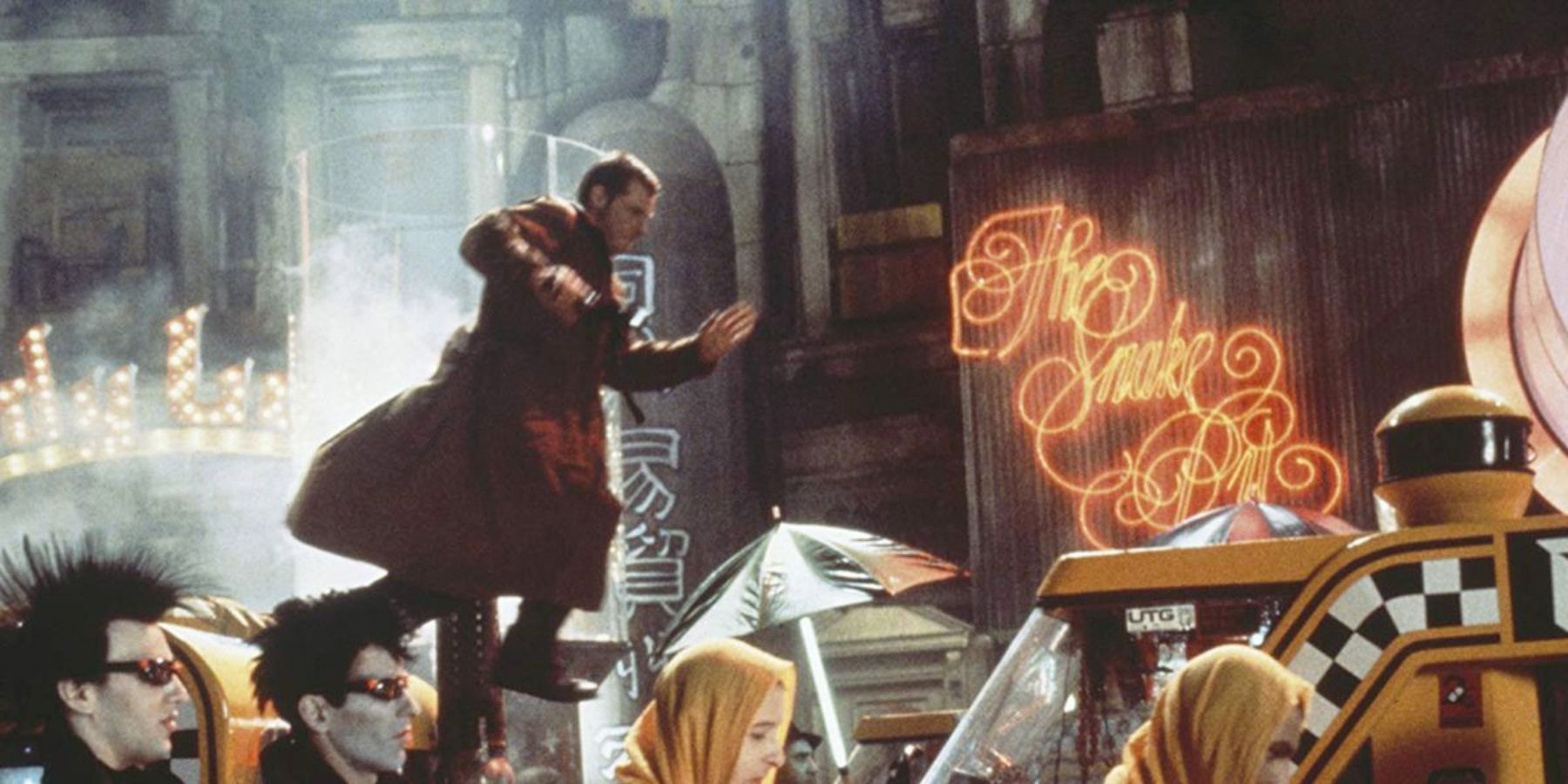Ridley Scott's 1982 science fiction thriller Blade Runner -- based on Philip K. Dick's iconic novel Do Androids Dream of Electric Sheep? -- was a depressing forecast for humanity. It illustrated a dystopian Los Angeles of the near future (the year was 2019, which was far enough away for '80s audiences) as a quintessentially dismal, forlorn, yet oddly beautiful place. A skyline defined by intimidating constructs, endless rows of neon and countless flying cars (known as "rollers") came together to form a stunning and altogether believable neo-noir world.
Brought to life through pioneering special effects (spearheaded by Douglas Trumbull), as well as meticulous cinematography, Blade Runner would eventually receive lasting acclaim for its trend-setting visuals and moody aesthetic. Over time, this aspect of the film would often get cited as its greatest artistic achievement. Yet on repeat viewings, Blade Runner's true gem is revealed to be one single character: central antagonist Roy Batty -- a genetically designed human, or "replicant" -- masterfully portrayed by Rutger Hauer.
Blade Runner Explores What It Means To Be a Hero or Villain
Leading man Harrison Ford, best known for blockbusters like Star Wars and Raiders of the Lost Ark, filled the shoes of a characteristically unheroic and fairly unlikeable gumshoe -- former cop and blade runner Rick Deckard. Like many of the human characters in the movie, Deckard is essentially bland and lifeless, existing without any kind of zest or appreciation for life as a whole. More or less going through the motions at the film's start, Deckard is blackmailed back into the game by a skeevy and unpleasant ex-colleague.
By contrast, Hauer's Roy (and, by extension, his makeshift family, a group of escaped replicants featuring Darryl Hannah's Pris) provides the emotional content that the story desperately requires. Established early on, replicants aren't considered human at all, mostly used as slave labor in "off-world" colonies. Ultimately, Roy and his friends are destined for two things: a significantly reduced lifespan as a result of their artificial genesis and a life of servitude.
Rutger Hauer as Roy Batty Is Blade Runner's Strongest Element
Roy's scenes generally do the job of underscoring both his superhuman intelligence and immense strength, as well as revealing his mission on Earth. In contrast to Deckard, Roy ends up as the far nobler man. Yes, both repeatedly resort to violence throughout the film, but at his core -- flawed and dangerous as he is -- Roy only wants more life and the kind of freedom and autonomy Deckard takes for granted. The endpoint of their quest is Eldon Tyrell, the father of all replicants and the head of the corporation that designs them.
The events in Blade Runner are framed against a larger, fully-realized world with details that work to flesh out and further contextualize the story, affording it a special kind of weight and dexterity. This is best illustrated during the final confrontation between the "hero" and "villain" -- Deckard, a cornered hired killer, and Roy, a dying escaped slave. Confronting one another inside the remains of an abandoned building soaked in constant rain and deep shadows, it soon becomes clear that Roy hasn't got long. With the climactic fight almost over, Deckard is desperately clinging to a slippery ledge as Roy, who feels his body shutting down, looms above. As Deckard slips and proceeds to fall, Roy grabs him by the arm and chooses to save the killer of his found family -- resulting in one of cinema's most memorable monologues.
Ridley Scott's Sci-Fi Noir Eventually Became a Cornerstone of the Genre
Roy's decision to spare Deckard's life in his final moments is a masterstroke in terms of thematic storytelling, solidifying Roy's key motivation -- not a vengeful zeal against humanity but lust and passion for living. This presents the need for a stark reassessment of both the movie's hero and villain. Blade Runner, in a way, makes a final demand of its audience -- to see beyond established roles and understand these two people for who they are: Roy -- a passionate man on a doomed quest -- and Deckard -- a fallen warrior who may just have a shot at redemption.
Blade Runner, for all its visual richness and exquisite world-building, is a truly pioneering piece of science fiction cinema because it presents, with complete seriousness and dedication, a world where the villains exist only because the world at large set their lives up for ruin, folly and despair. This moral, sympathetic tale of an extremely disenfranchised people is explored again in the movie's sequel, Blade Runner 2049 -- a crucial theme that pays off again with some intelligent updates. The miniatures, set design, lighting and overall visual nature of Blade Runner -- initially designed by concept artist Syd Mead -- all form a very handsome, exciting stage for complex characters and an engrossing character drama. This movie centering on a future cop could have been reduced to pulpy simplicity but was elevated by its deliberate evaluation of violent keepers of the peace and people who are pushed to the edge by an unjust system.




